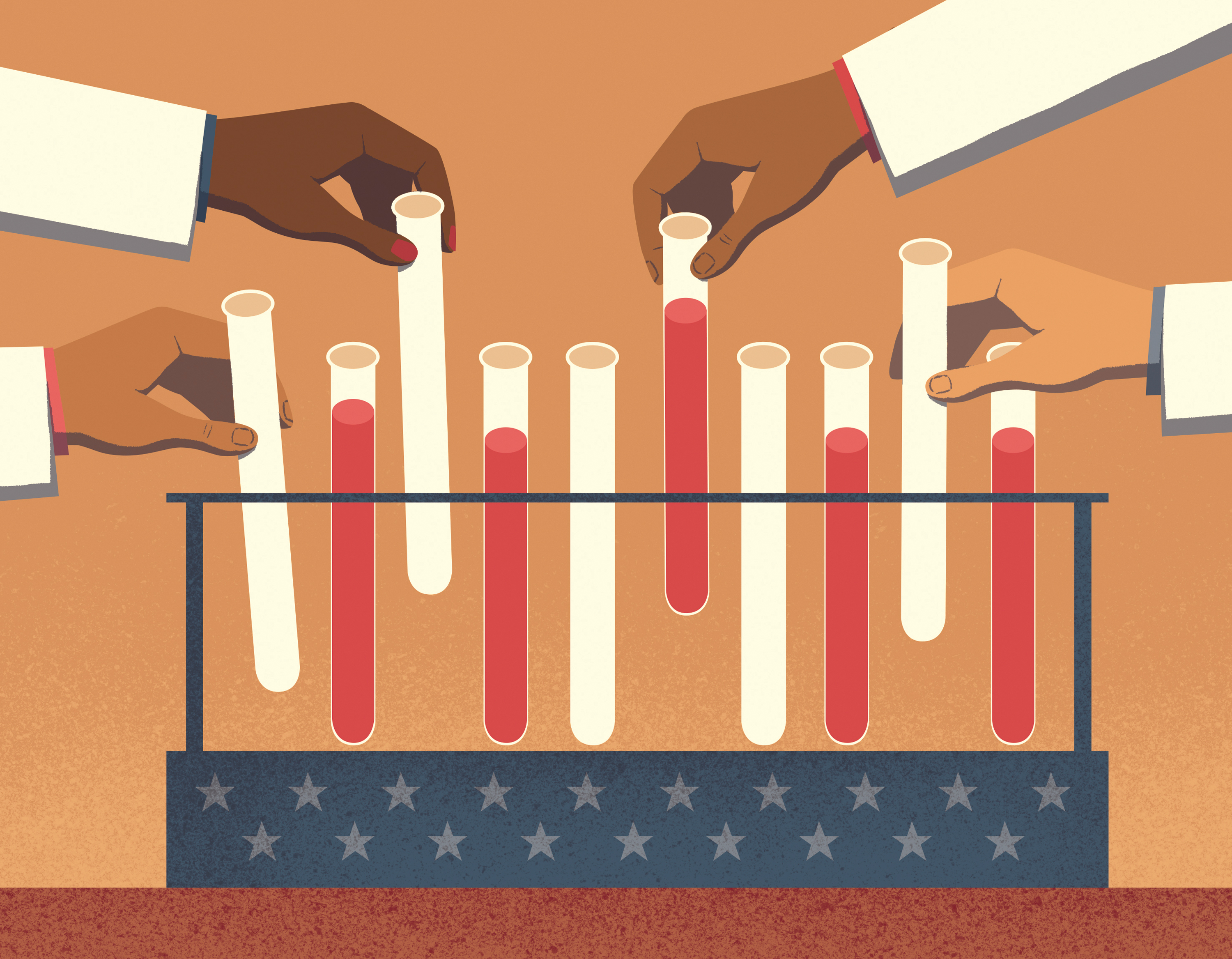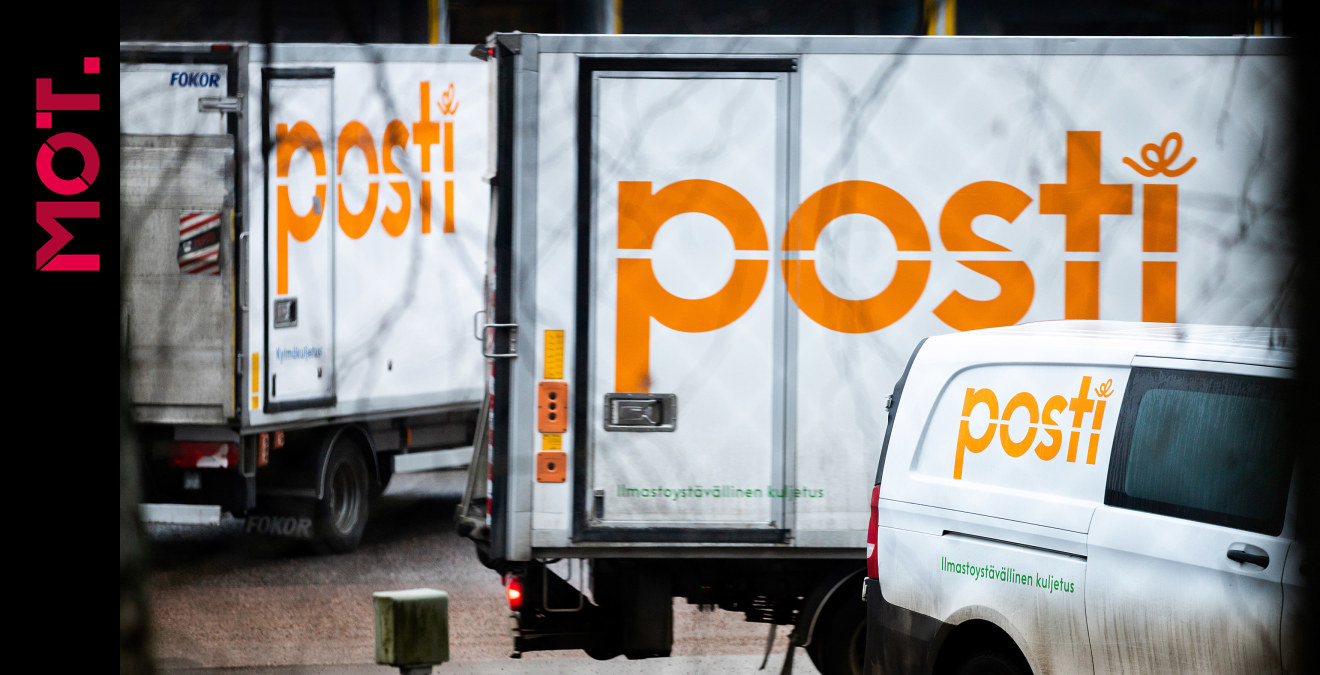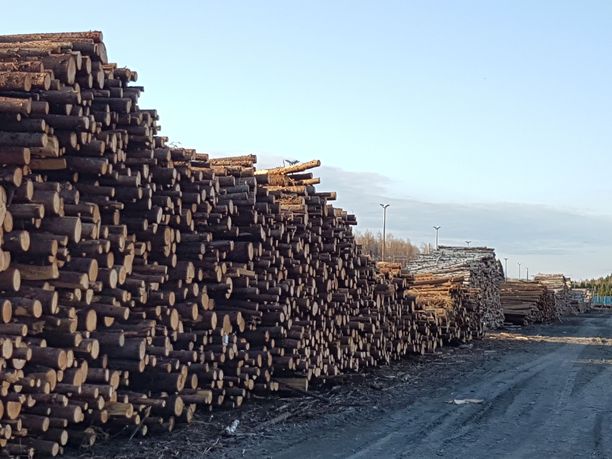Amazon warehouses are ‘cult-like’ sweatshops run by robots: ex-employee
Maureen Donnelly took a job with Amazon when the retail goliath opened a fulfillment center on Staten Island in September 2018. The 46-year-old Staten Islander quit after just one month. Last week, more than 100 workers and their supporters gathered outside the same 855,000-square-foot packing plant to protest working conditions and spotlight newly released data showing the rate of worker injury there was three times higher than the national average for similar warehouse work. Here Donnelly tells Post reporter Dean Balsamini what it was like to work for Jeff Bezos’ Amazon, which the National Council for Occupational Safety and Health included on its 2019 “Dirty Dozen” list of the nation’s most dangerous employers. Amazon did not immediately return comment.
I’m not afraid of hard work. I’ve been a waitress, a newsroom clerk, an EMT and spent summers on a dairy farm in Ireland. At every job I’ve ever had, there was a sense it was a team effort. But when I walked into that Amazon warehouse, there wasn’t a team anything. It was just, “Do your job!”
I soon learned that only difference between an Amazon warehouse and a third-world sweatshop were the robots. At Amazon, you were surrounded by bots, and they were treated better than the humans.
In the beginning, I was pumped. After passing an online test that included organizing boxes on the back of a truck, I went to orientation at the Hilton Garden Inn with 50 or 60 others, an across-the-board mix of people from Staten Island, Brooklyn and New Jersey.
A very enthusiastic woman from the South in T-shirt and jeans — that’s the uniform — bragged that Amazon was the “best” company, “beyond huge.” She reeled off all the perks: Stock shares. Employee discounts. Full benefits. Four-day work weeks, with not a ton of mandatory OT.
I was sold. And the pay was awesome — $16 and change an hour.
We were drug-tested. I get it. They had little packets — you had to swab your mouth. They took our picture, and we filled out cards where you gave your shift preference. You were offered roughly 12-hour shifts, four day a week. I wanted nights, because I worked as a bar manager.
I ended up with a 5 p.m. to 4:45 a.m. shift, Sunday through Wednesday. We did not get paid for lunch, which was a half-hour.
The Staten Island fulfillment center was an antiseptic, four-story warehouse known as JFK8. They name the buildings after the closest airport in the state to the location. They told us it was big enough to fit 18 football fields inside. I would soon learn that the sheer size of the place is a big problem for workers.
On the first day, about 100 of us newbies gathered in a conference room, and a bunch of managers got up to talk. They were all the same. They all drank the Kool-Aid. They all said, “This is the best place to work.”
Looking back, it was cult-like.
They went over the different jobs. If you got something you didn’t like, they’d give you something else.
They assigned me as a “stower.” I stocked shelves, called racks.
Squat, square orange robots — they looked like an ugly cousin to the Roomba — carried 8-foot-tall yellow racks with dozens of compartments. The bots would whiz around to the stowers and stop. Somebody called a “water spider” would bring me boxes of items to stow. I would lift the items out of the box, scan them and put each item into a compartment in the rack. When the rack was full, I pressed a button, and the robot would zip away with the rack, and another robot would arrive with an empty rack for me to fill.
When I showed up for my shift, I’d walk in the main entrance and scan a security badge to get through a revolving door. The locker room was to the left. You had to put any personal items in the locker. No headphones. I think it was a safety issue. Absolutely no cellphones on the floor! They didn’t want anybody taking pictures or giving away their secrets! No food. No drinks — except water.
The cellphone rule was a big problem for parents. One single mom in her 30s with a 5-year-old daughter didn’t have an emergency number she could give to her babysitting parents or her kid’s school.
Enlarge ImageRobots move around the floor of the Amazon distribution center.AFP via Getty Images
After putting away my personals, I’d go to the meeting area for 10 minutes of group calisthenics — I felt like I was in the Army.
Then it was on to my station to start stowing. I’d stare at what awaited me: An endless line of yellow racks. One hundred stowers lined up 15 feet apart. It reminded me of the ending of “Raiders of the Lost Ark.”
We were told to bend at the knees and not at the waist, but it felt unnatural.
My typical work outfit was a Metallica T-shirt and jeans. The managers recommended Skechers sneakers. I started wearing Timberlands but switched to Skechers after two or three days because my feet were killing me.
The managers were always asking, ”Where’s your water bottle?” and reminding me to “stay hydrated!” I think they were worried about people passing out and falling off the line.
But filling up with water all day also meant you had to pee. And too many bathroom breaks could get the bosses all hot and bothered. You actually had to inform your manager you were leaving to go to the bathroom. I hadn’t done that since kindergarten.
I used to try and hold it in until a break. We got two 15-minute breaks sandwiched between 30 minutes for lunch. One time I couldn’t hold it in anymore and left five minutes early — so they cut five minutes off one of my other breaks. I was like, “Seriously?”
As for my 30-minute lunch? It took me 15 minutes just to walk to the lunch room. I had just enough time to shove half a peanut butter sandwich in my mouth, take a couple of gulps of soda, have a cigarette and then start the 18-football-field trek back.
There were no chairs at your work space. The only place to sit was in the bathroom, which was a seven-minute walk from my third-floor station, or the impossibly far lunch room.
At my station I stocked everything you can imagine. Normal stuff you’d buy at the store: Garbage bags, board games. Lots of toys. They were the hardest to stow. I also stocked dildos and vibrators. There were cans of pet food and baby formula — that was heavy stuff. Lots and lots of books. You had to align them properly so you could read the titles.
The weirdest thing I had to stow was Chipmunk Finger Puppets — a set of five. Who would buy that?
We had to wear an orange vest and black and gray gloves. You couldn’t actually touch the merchandise.
It was hot as hell in that building — it felt like 150 degrees.
People kept asking, “Can we get fans?” But the answer was always no. You know why? Because, we were told, the robots don’t function well in the cold. Finally we figured out why every manager in the place was wearing shorts.
There were hundreds of robots zigging and zagging on each floor. It was very creepy because no two bots ever crashed. The human stowers and pickers were on the perimeter of the robots’ fenced-in area. If the humans ever crossed into the robots’ domain it was a fireable offense.
The job was mind-numbing. The same thing every hour. Every day. Lather, rinse, repeat.
I had “‘projections.” I had to stock at least 12 items a minute. I was not even close. It’s physically impossible. You were constantly like, “I gotta get this done.” The computer constantly showed you how far off you from making the quota.
I wasn’t disciplined because I was a newbie, and I quit before I could find out the punishment.
In one story in The Verge, Amazon lawyers confirmed the automated system tracks every second of a worker’s day. When too much time has been spent “off task,” warnings are auto-generated. If a worker receives six warnings within a 12-month period, the employee receives an automatically generated termination notice. Amazon says that supervisors are able to override the automatic firings.
The job crushed my spirit — and crippled my body. I would spent nearly 12 hours a day with with no one to talk to for more than five minutes. I wasn’t sleeping well. I was getting cranky with family. My knees were killing me. My back and shoulders constantly hurt. My left hip throbbed. After every shift, I’d ice my swollen ankles, which were triple the normal size.
“I wasn’t disciplined because I was a newbie, and I quit before I could find out the punishment.” — Maureen Donnelly
By the second week, I just wanted out. I stayed as long as I did because of my father. I wanted him to be happy that I had a job.
I’d give little pep talks to myself to get through the shift. I’d say, “You can do this!”
Someone got hurt on a ladder. They never explained what happened but the rookies were retrained on ladders. Then they told me that with the holidays coming I would have to work more mandatory overtime.
That was the last straw.
Amazon tries to project this image of being such a blessed place to work. It was absolutely the worst job I ever had in my life. In the end, I didn’t get stock. I was forced to work more hours than I wanted. The employee discount was only on products made by Amazon. It felt like a bait and switch.
I had to laugh at that commercial where they show how great it is to work at Amazon. I want to stab that one woman who says, “We sweat. We bust our butt. If I didn’t enjoy what I was doing, I wouldn’t be here,” in the eyes. No one I knew at Amazon was remotely that happy.
Amazon jobs are like Menudo — they are for people 16 to 25. Once you hit 25, you age out.
I have a lot of sympathy for the people who still work there. People think their Amazon order just magically pops up at their door. There’s a lot of sweat and tears that go into that.
When I finally threw in the towel, I finished my shift, left the building, phoned the warehouse, told them to give my manager this message: I had another job offer and was taking it. Which was not true.
What I really wanted to say was: “F–k Jeff Bezos.”










